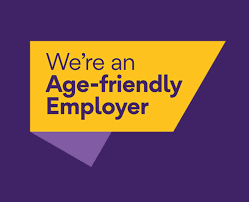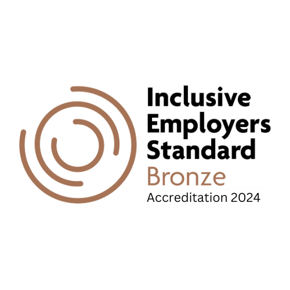The Council is made up of two groups:
- The first is the body of 51 elected Councillors or Members.
- The second is our workforce employed to deliver and commission local services.
Our councillors are elected by the people in their ward to serve for four years before further elections take place. The role is demanding. Councillors have many responsibilities, but they can be broken down into broadly four areas:
- Representing local citizens.
- Overseeing Council compliance with the laws, regulations and statutory guidance set down by Parliament and ministers.
- To establish local policies for Council services within the framework of the law.
- Monitoring the performance of services provided by private sector contractors and our own staff.
Councillors operate through four types of committee:
- Full Council. This group comprises of the full 51 elected Councillors and sets the local policies and budgets.
- Cabinet. This is a group of seven Councillors. They are charged with political oversight and making decisions within the policies set down by the full Council of 51 members.
- 5 Scrutiny Panels. A large number of Councillors sit on one or more of these panels. They analyse the Council's policies and practices and recommend improvements.
- Quasi-judicial committees. These committees deal with specific legal responsibilities, like planning and licensing.
Membership of a political party is not needed to be elected as a Councillor, but most are. This reflects the general picture of local authorities throughout the country.
For more about Councillors, see: Councillors and decision making.









